5052 Marine Aluminum Angles for Custom Coastal Engineering
In the dynamic field of coastal engineering, material selection plays an indispensable role in the longevity, reliability, and safety of offshore and shoreline structures. Among the diverse range of construction metals, 5052 marine aluminum angles is know as a specialized yet versatile solution tailored for rigorous coastal environments.
5052 Marine Aluminum: Why Angles?
Alloy 5052 belongs to the 5xxx series of aluminum-magnesium alloys lauded for their excellent corrosion resistance in marine atmospheres, high fatigue strength, and moderate-to-high strength profiles. When manufactured into angles—a product shape characterized by an L-profile with two perpendicular legs — 5052 aluminum provides structural reinforcement, precise fit and ideal weight-to-strength ratios necessary for the contours and forces typical in coastal engineering projects.
Functions & Unique Benefits in Coastal Engineering
- Corrosion Resistance: The inherent presence of magnesium (~2.2%-2.8% Mg) in 5052 alloy ensures enhanced protective oxide layer formation. This guards effectively against chloride ion-induced corrosion prevalent in saline coastal conditions.
- Structural Stability & Fatigue Strength: 5052 aluminum angles provide reliable mechanical endurance for frames, support structures, platforms, and bracing subjected to cyclic wave and abrasion stresses.
- Lightweight Yet Robust: When compared to steel or other metals, 5052 anodized marine aluminum angles reduce overall structural deadweight — important for custom engineered floating platforms, docks, and harbors to optimize buoyancy.
Technical Specifications & Parameters
Chemical Composition of 5052 Marine Aluminum
| Element | Percentage (%) (Typical Range) |
|---|---|
| Aluminum (Al) | Balance (≈ 93.1 - 97.8) |
| Magnesium (Mg) | 2.2 – 2.8 |
| Chromium (Cr) | 0.15 – 0.35 |
| Iron (Fe) | ≤ 0.4 |
| Copper (Cu) | ≤ 0.1 |
| Manganese (Mn) | ≤ 0.1 |
| Silicon (Si) | ≤ 0.25 |
| Zinc (Zn) | ≤ 0.1 |
The compositional balance contributes directly to physical properties that benefit manufacturability and corrosion resistance in marine engineering contexts.
Alloy Tempering Conditions
- O-temper: Annealed condition offers greater ductility but lower strength; used for heavy forming or bending of angles.
- H-temper (notably H32/H34): Strain-hardened and partially annealed states deliver optimal effort balance: high strength, corrosion resistance, and formability; typical for structural coastal components.
Implementation Standards & Quality Assurance
Precision grading of 5052 marine aluminum angles must comply with international and offshore construction norms:
- ASTM B209: For aluminum alloy sheet and plate, relevant for dimensional validation.
- AMS-QQ-A-250/11: Aerospace specification outlining accruable mechanical and chemical properties.
- ISO 6361-1: Specifications covering wrought aluminium+magnitude for plate, sheet, and strip generally allied to tolerance specifications.
- Marine-Grade Certifications: Certain products undergo testing per PMI (Positive Material Identification) and salt spray corrosion resistance assessments aligned with ASTM B117 to certify durability in maritime expanse.
Applications Specific to Custom Coastal Engineering
Utilizing 5052 marine aluminum angles extends widely across engineered coastal solutions:
- Support Beams for Dock & Jetty Frameworks: Their bend resistance supports load dynamics under wave oscillations.
- Frame Structures in Floating Platforms & Barriers: Lightweight ease promotes robustness against water currents and vibrations.
- Corrosion Resistant Architectural Trim: For plaza railings and edge reinforcements on boardwalks and coastal recreational infrastructures.
- Cable and Piping Support Systems: Where proximity to saltwater and exposure schedules require fatigue proofing and zero galvanic reaction.
- Bracing Elements in Submerged Moorings: Stability under submerged and semi-submerged conditions rests on the magnesium alloy preservation and angle form factor dispersing point force accurately.
Unique Considerations in Custom Engineering
Investigating aluminum angles not just as off-the-shelve product but as precisely machined profiles oriented to tensile, compressive, and torsional needs, companies can tailor cross sections and alloy heats specifically tested under contrasting salinity gradients and cycle loads. Milling corners or incorporating powder coating finishes furthermore augments environmental sealing critical in highly aggressive oceanic contexts.
Related Products
Marine aluminum angles
Marine Aluminum Angles are L-shaped cross-sectional aluminum profiles produced from marine-grade aluminum alloys such as 5083, 5052, and 6061.
View DetailsMarine aluminum I-beams
Marine Aluminum I-Beams feature the traditional “I” cross-sectional profile fabricated from marine-grade aluminum alloys like 5083, 5086, and 6061. These alloys are renowned for their outstanding corrosion resistance, especially in saltwater and marine atmospheres, making them ideal for offshore and naval construction.
View DetailsMarine aluminum channels
Marine Aluminum Channels are U-shaped aluminum profiles produced from alloys such as 5083, 5052, and 6061, known for their excellent marine corrosion resistance and superior mechanical strength.
View Details6061 marine aluminum round bar
6061 aluminum belongs to the 6xxx series alloys, alloyed primarily with magnesium and silicon. In the T6 temper, it undergoes solution heat treatment and artificial aging, resulting in enhanced mechanical properties while maintaining excellent corrosion resistance.
View Details5083 marine aluminum flat bar
5083 aluminum flat bars belong to the 5xxx series of aluminum-magnesium alloys, known primarily for their superior resistance to seawater corrosion and salt spray.
View Details6061 T6 marine aluminum flat bar
6061 aluminum is classified as a heat-treatable 6xxx series alloy, alloyed primarily with magnesium and silicon. The T6 temper designation indicates that the flat bar has been solution heat-treated and artificially aged to achieve optimum strength and hardness.
View DetailsRelated Blog
5052 Marine Aluminum Channels for Custom Boat Hull Construction
Aluminum channels are indispensable components in marine construction, providing structural support, corrosion resistance, and design versatility. Among various aluminum alloys available.
View Details5052 Marine Aluminum Angles for Custom Coastal Engineering
In the dynamic field of coastal engineering, material selection plays an indispensable role in the longevity, reliability, and safety of offshore and shoreline structures.
View Details

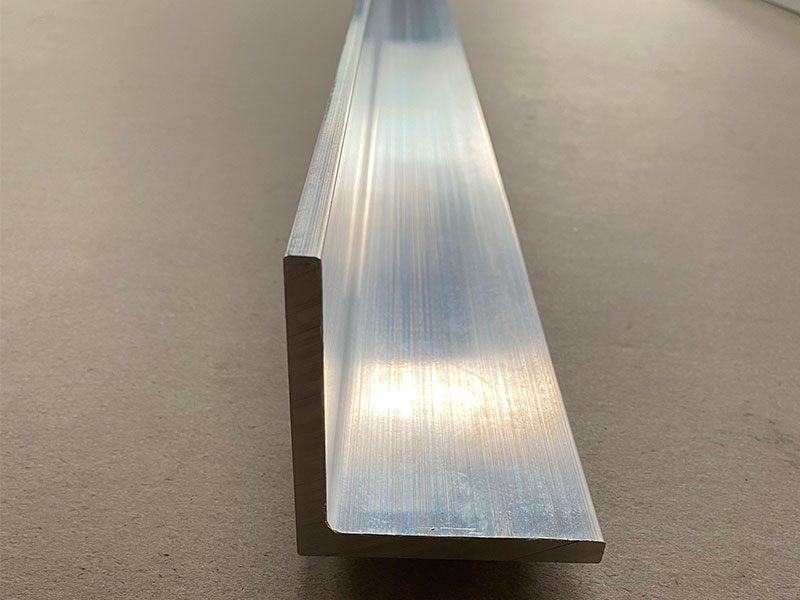
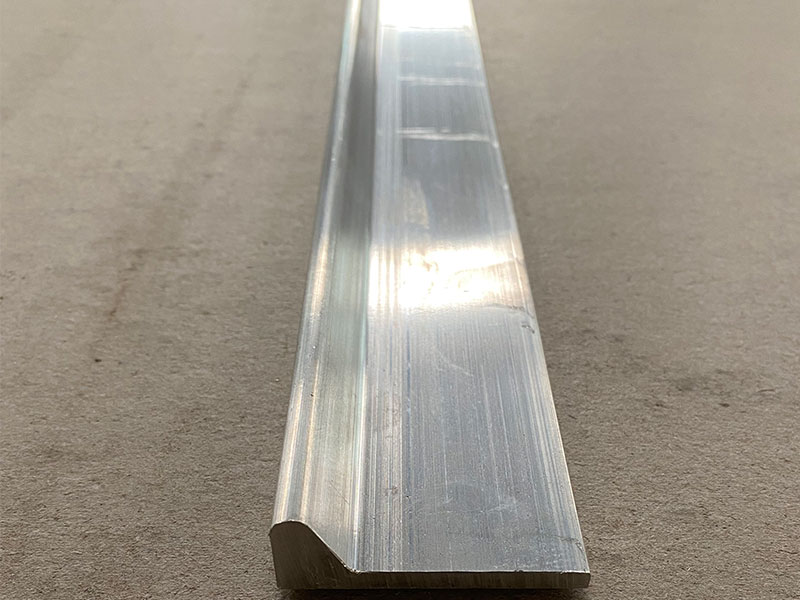
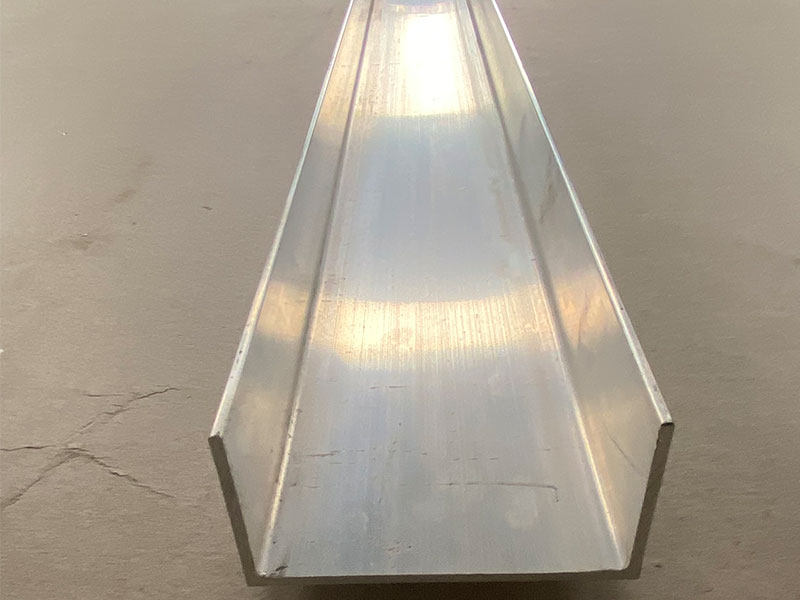
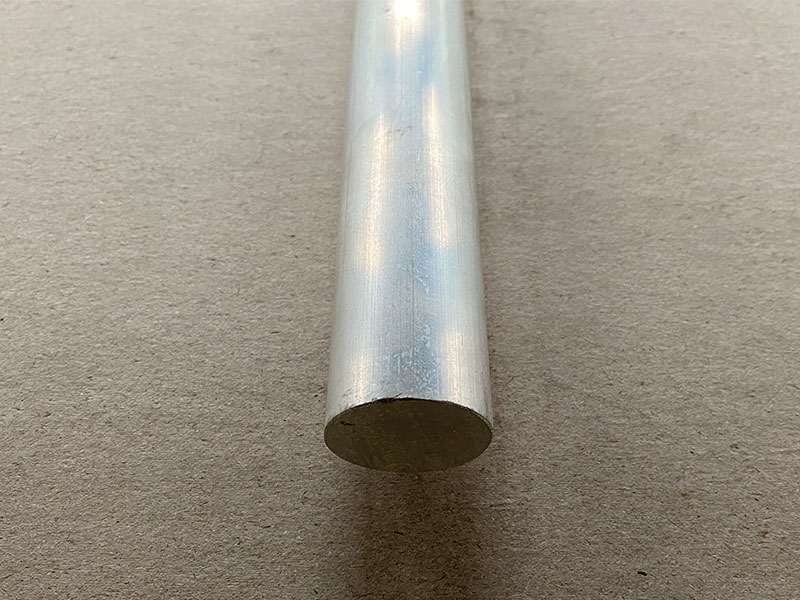
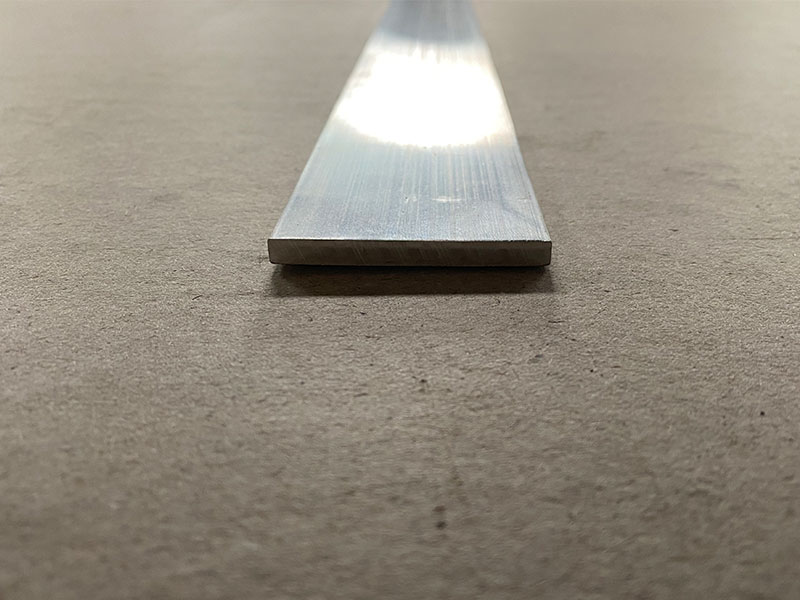
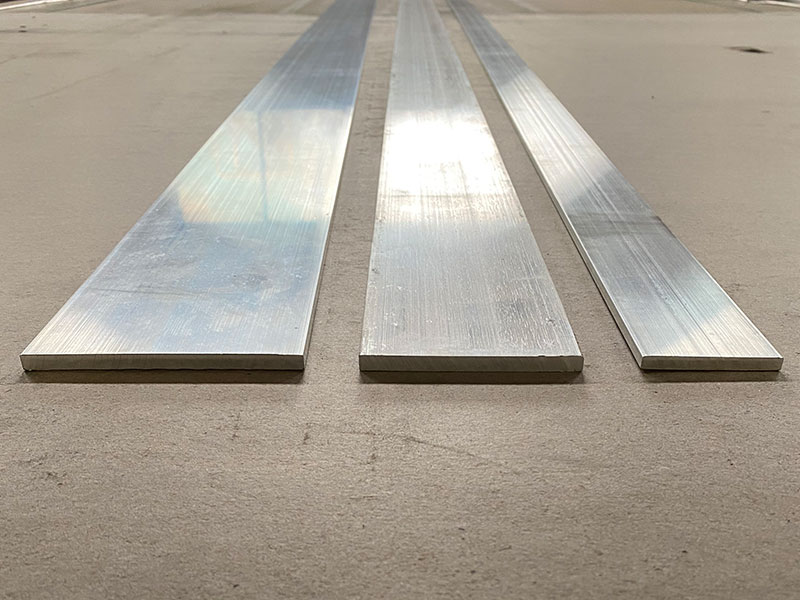


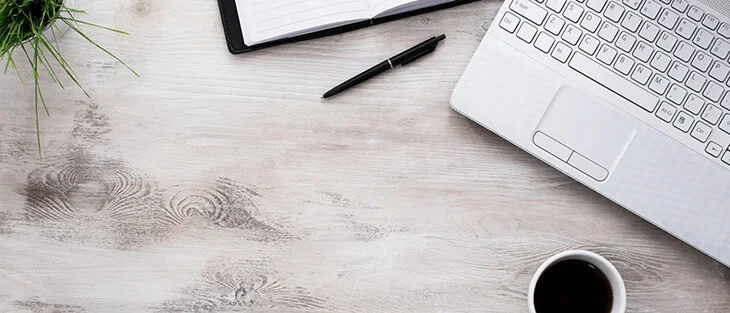
Leave a Message